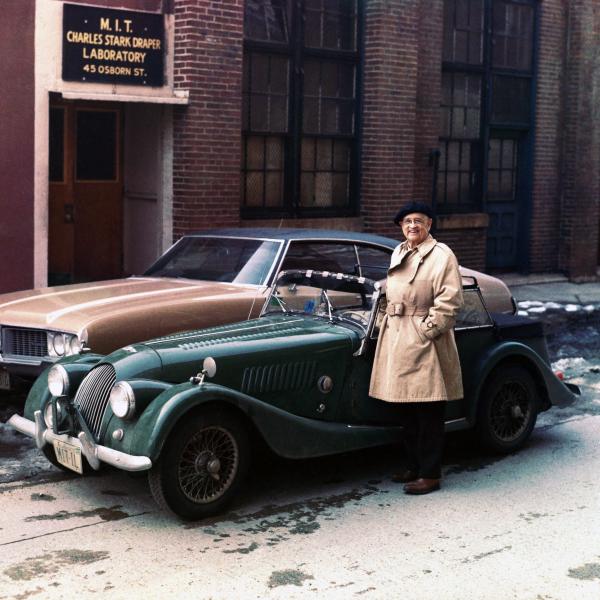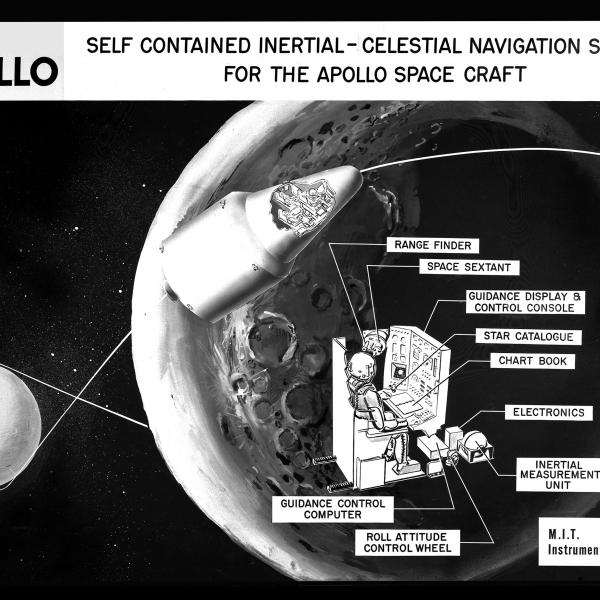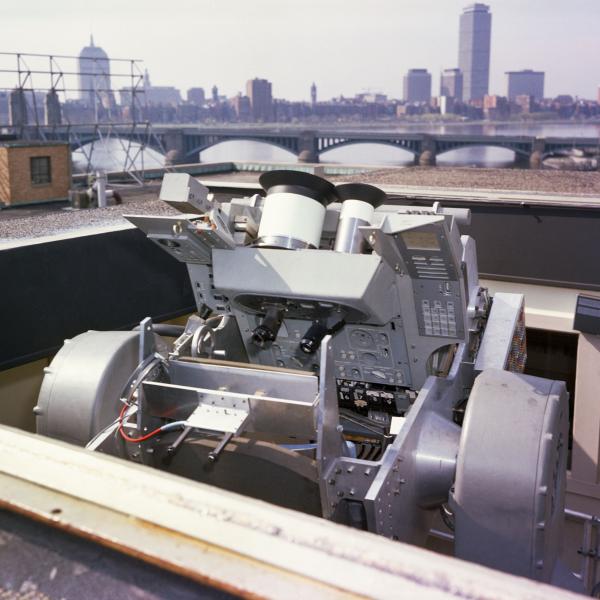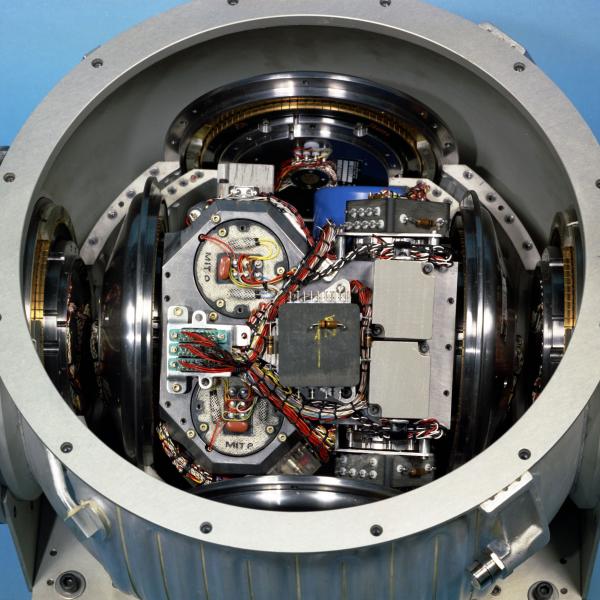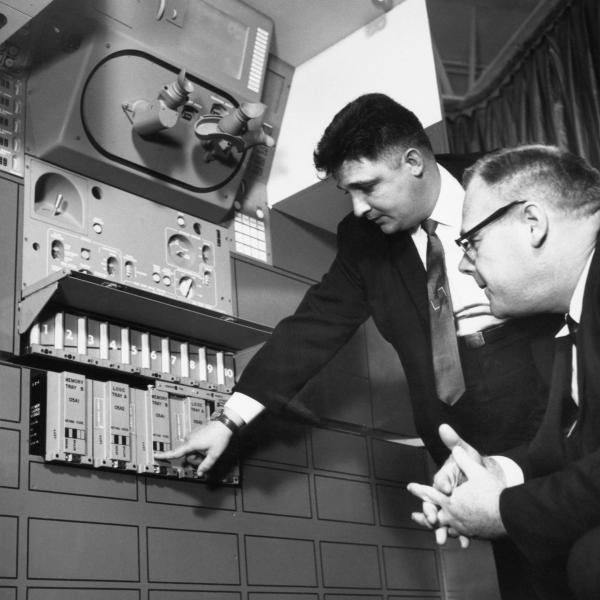
Charles Stark Draper
Charles Stark "Doc" Draper founded the Aeronautical Instrumentation Laboratory in the 1930s. During WWII it was called the Confidential Instrument Development Laboratory and in the 1950s, was changed to the MIT Instrumentation Laboratory. Draper's great passion was for instrumentation; hence the lab's name(s). He created the lab while teaching in the Department of Aeronautics (now the Department of Aeronautics and Astronautics) at MIT with the intention of using it as a teaching lab. He believed that you cannot teach advanced engineering with just books; you need real world problems to solve. The Laboratory’s work in instrumentation and gunsights in World War II and missile guidance systems in the 1950s, provided the foundation that made the lab the perfect fit to design the guidance, navigation, and control system for the Apollo missions.
Draper began his higher education with a bachelor’s degree in psychology, and then moved to MIT where he completed a bachelor’s in electrochemical engineering as well as both a master’s and doctorate in physics. It was at the Instrumentation Lab that he helped develop and perfect the gyroscope accelerometer to improve the accuracy of targeting systems for antiaircraft guns mounted on ships. The work of Draper and his students paved the way for inertial navigation and the guidance systems that were implemented in aircraft, submarines, and missiles, and later into the Apollo guidance, navigation, and control system.
John Miller later described Draper as “the best marketing guy in the world”. Draper was responsible for securing the first Apollo contract for the Instrumentation Lab in 1961, which entrusted the lab with creating the guidance, navigation, and control system (including a groundbreaking digital computer) that would guide the Apollo spacecraft to the moon and back. Later in 1961, Draper wrote to Robert Seamans at NASA, volunteering to serve as an astronaut himself. He wasn't granted the position, but the offer demonstrated Draper's confidence in the Lab's ability to create the guidance system and his enthusiasm for the space program.
In 1970, the Instrumentation Lab was renamed the Charles Stark Draper Laboratory and separated from MIT to become an independent, private non-profit in 1973. Draper was inducted into the National Inventors Hall of Fame in 1981, six years before his death in 1987.
